Creating a Wholesale Website — And How to Do it Right

This is a post we wrote in collaboration with Emily from Wholesale In a Box.
When makers are at the earlier stages of their wholesale journey, the structural issues can feel overwhelming. The makers we work with get stuck on anything from wholesale minimums to how to package their line for wholesale. Products and production? They’re all over it. But these more logistical and operational elements can be challenging to wrangle.
The question of whether a maker needs a wholesale online shop is one of these challenging items. While it’s probably not make-or-break for your business, setting up your wholesale ordering system can be a way to remove obstacles to growth. By making it simple, streamlined, and on-brand for store owners to place an order with you, a lot of obstacles are removed.
Ultimately, most makers will end up with a wholesale shop as part of their website. But the timing of whether and when to prioritize that is important. So in this post, we’ll look at the pros and cons of wholesale websites… and how to decide if and when you need one.
What is a wholesale website?
A wholesale website is usually a separate online store on (or connected to) your website that allows retailers to look at, and purchase, wholesale products. It may be close to a “clone” of your retail shop (but with wholesale pricing and quantities), or it might work quite differently. People structure their wholesale sites in different ways, depending on their needs and goals.
For weekly tips like this, subscribe to our newsletter
"*" indicates required fields
Pros and cons of a wholesale website
When done right (more on that below), a wholesale site can be better than the alternatives in multiple ways. It can be a simple ordering process for store owners. It allows you to update and change products, descriptions, and pricing much more easily than with a document like a line sheet. And, it’s often simpler to keep branding consistent across your retail website, wholesale website, and other online pieces of your presence.
That said, wholesale sites do have some disadvantages. It can be costly (in time or money) to build a wholesale website, especially in a way that is on-brand for you. Also, some makers can veer into a territory that feels generic if they don’t find a way to weave their story into the website.
You should consider creating a wholesale website if:
- You don’t have a great way of taking wholesale orders currently.
- You’re reaching out to independent boutiques as a key piece of your wholesale growth.
- Creating and updating a line sheet has been time consuming for you.
You probably don’t need a wholesale website if:
- You’re focused entirely on trade shows for your growth.
- You’ve recently invested a lot in a great line sheet.
- All the wholesale growth you could want is coming through a platform like Faire.
- You have a simple way to take wholesale orders that is working for you.
Considering creating a wholesale shop?
Here’s what Emily from Wholesale In a Box says is crucial:
- Don’t make the store owner log in to see your wholesale products. It can be wise to have a login, but not if the only way for a store owner to see your wholesale offering is by creating an account/login.
- Consider “out of the box” options. While a separate wholesale site can be great, another option is to have store owners shop on your regular website but with a coupon code that gives them the wholesale price.
- Make sure your wholesale checkout process is easy. Go through it yourself (all the way through purchase) and take notes on where it seems slow, confusing, or frustrating.)
- Make your “about” page visible or accessible from the wholesale shop. Shop owners often only visit one page, so make sure that they can easily learn about you and your products.
And here’s what Aeolidia recommends for getting your wholesale website’s design and branding right:
- Create a slightly different version of your logo or header graphics for the wholesale site so that it is easy for customers to tell which website they are on. This could be as simple as the addition of a “wholesale shop” tagline.
- Decide what is most important for wholesale customers to know about your business and adjust your content to match. This may mean making changes to your home page, adding informational pages specifically for wholesale customers, etc.
- Add a wholesale contact form to your retail website so that potential wholesale customers can contact you, and you can gather the information you want from them in order to decide if they are a good fit for your business.
- When you set up your wholesale website, go through the process of becoming a wholesale customer yourself so you can see exactly how it works. Write up clear instructions for your wholesale customers as you go through the process.
- Your wholesale store allows for more specific wholesale policies—things like your payment and shipping options. Make sure you update your policies, terms and conditions on the wholesale website.
Here’s our information on the different ways to set up wholesale ordering on Shopify.
You certainly don’t need to rush it, but starting to plan for your wholesale shop can be a smart investment in your wholesale growth. If it’s not the right time for your business, that’s absolutely fine—but these are dynamics that you can keep in mind so you’re laying the groundwork early.
We collaborated on this post with Emily from Wholesale In a Box, a subscription service that helps handmade businesses grow wholesale. Find out more at wholesaleinabox.com
Want some help with email and SMS marketing with your customers? We can help!
A Newsletter That Goes Beyond Shopify 101
It’s easy to find beginner info about ecommerce online. If you’re past that? Subscribe to our newsletter for advanced strategies and need-to-know info for established shops. You'll get:
- Weekly tips to help you market and sell your products
- Updates when there is news that may impact your site
- Round ups of interesting links and info for brands
- Invites to our live trainings and webinars
- Instant access to our past emails
"*" indicates required fields
Related Posts
Let's take your online shop to the next level
The Shopify websites we design have a reputation for substantial improvements to ecommerce conversion rates and online sales. Let's talk!


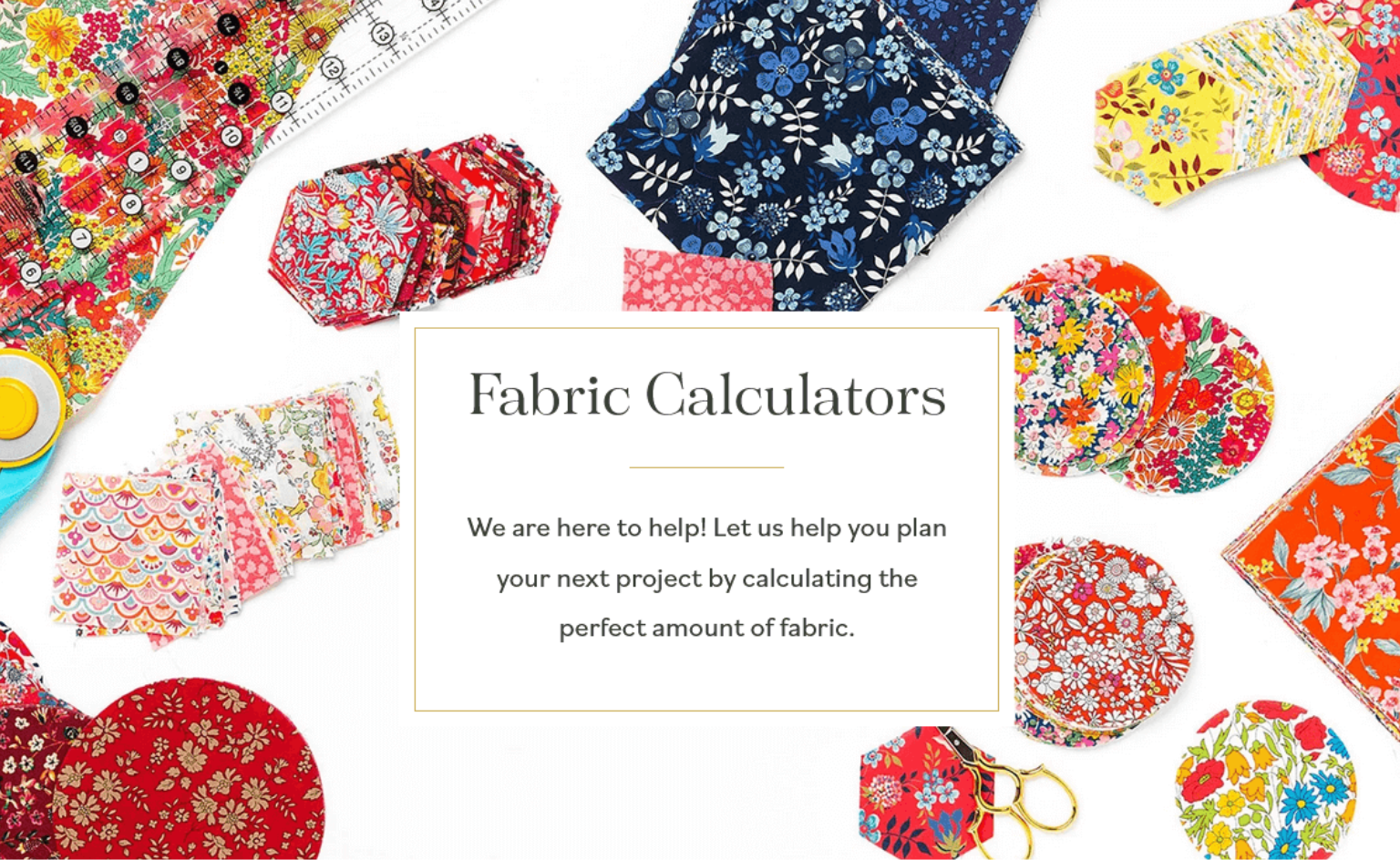
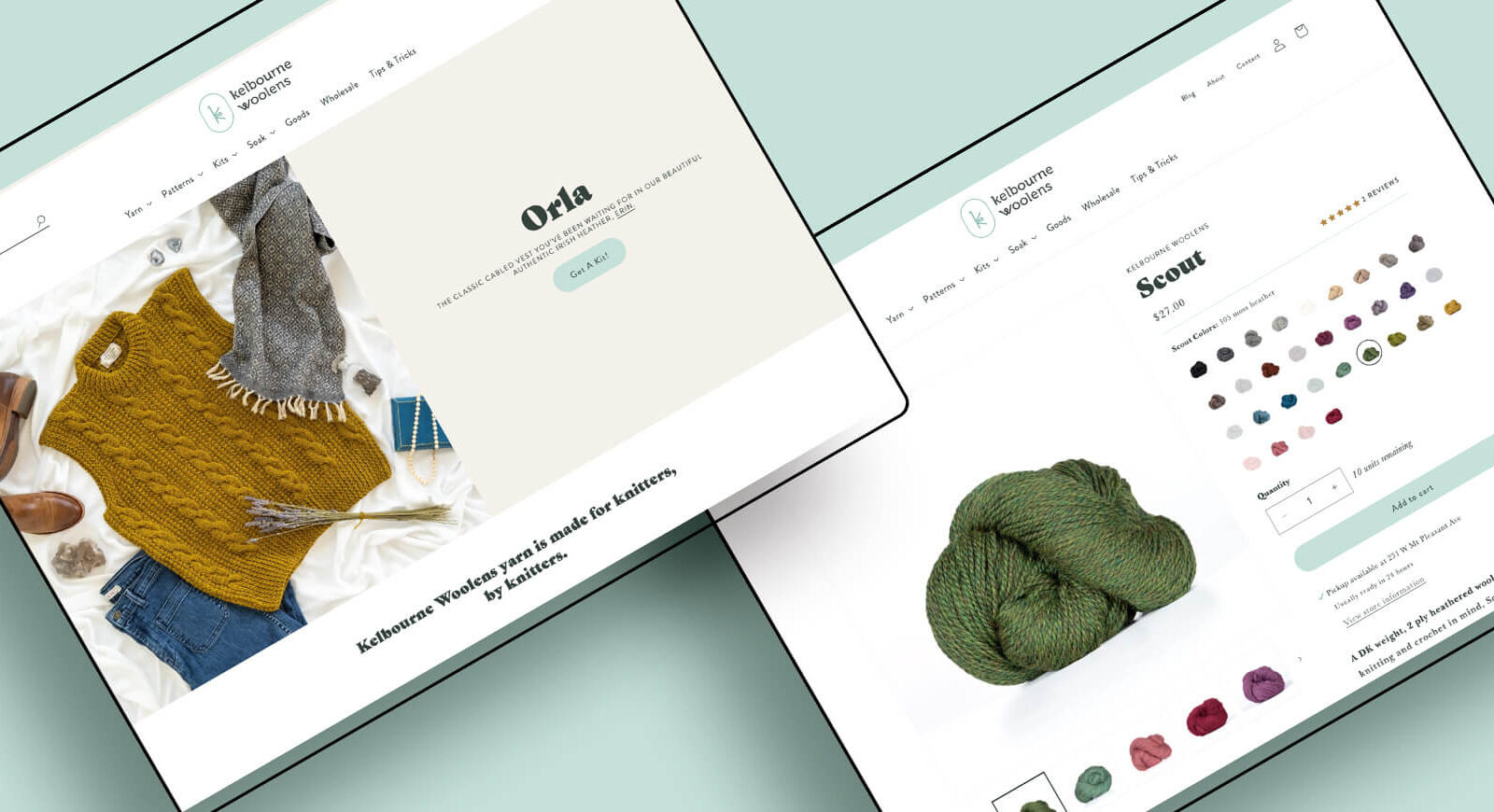





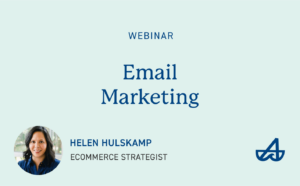
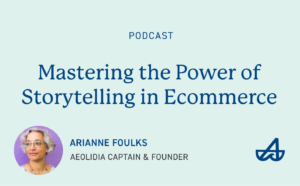
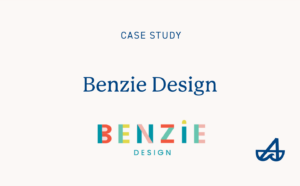

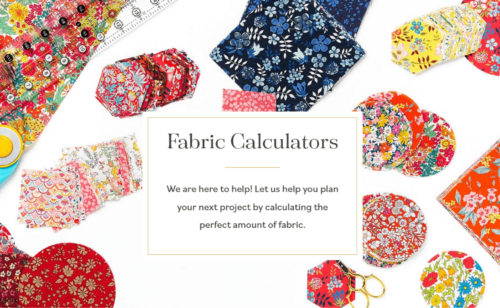

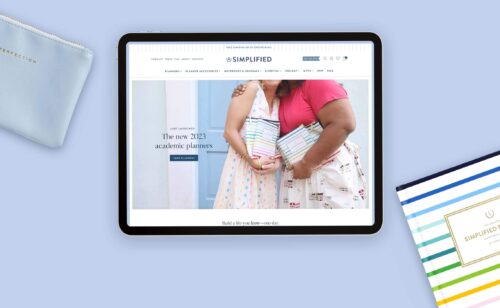
1 thought on “Creating a Wholesale Website — And How to Do it Right”